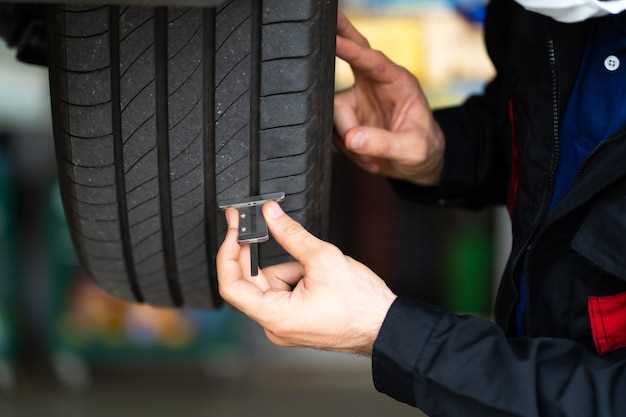
The process of maintaining and upgrading a Land Cruiser can be an exhilarating experience for enthusiasts, but it also comes with its challenges. One of the most critical aspects of this journey is ensuring that every part you purchase has the right fitment for your specific vehicle. Given the diverse range of models and years in the Land Cruiser lineup, understanding compatibility is essential for a successful installation. This guide aims to clarify the necessary steps to verify part compatibility so you can enjoy the full potential of your vehicle.
When considering new components, whether they are OEM or aftermarket, it’s crucial to take into account the year and model of your Land Cruiser. Each variant has unique specifications that dictate which parts will seamlessly integrate into your vehicle. Failure to check these details can lead to unnecessary complications, wasted time, and financial loss. This article will provide you with the tools and knowledge needed to make informed decisions when sourcing parts for your Land Cruiser.
Additionally, we will explore common pitfalls to avoid and share resources that can assist in verifying compatibility, ensuring that you won’t run into issues down the line. By following our comprehensive guide, you will be empowered to make smart purchasing choices and enhance the performance and longevity of your beloved Land Cruiser.
Identifying Part Numbers for Specific Model Years
When considering the fitment of parts for your Land Cruiser, it is essential to identify the correct part numbers corresponding to your specific model year. Each model year may have variations in design, technology, and specifications, which can significantly impact compatibility.
Firstly, consult the official Toyota parts catalog or your vehicle’s owner manual to find the factory-recommended part numbers. These documents typically provide detailed information on the parts applicable to your specific year and model.
Another reliable method to identify the correct part numbers is by visiting dedicated online forums or communities focused on Land Cruiser enthusiasts. These platforms often have comprehensive resources and shared experiences that can help pinpoint compatible parts for your particular model year.
Furthermore, authorized Toyota dealerships can provide accurate part numbers based on your vehicle’s VIN (Vehicle Identification Number). This number, unique to your vehicle, allows dealerships to access precise manufacturing details and ensure part fitment.
It’s important to also consider aftermarket parts. When opting for these, ensure they have clearly labeled part numbers and are verified for compatibility with your specific model year. Using parts that do not match your vehicle can lead to performance issues or even damage.
In conclusion, identifying part numbers by model year is critical to maintaining the integrity and functionality of your Land Cruiser. Accurate part selection ensures that each component fits correctly and operates as intended, ultimately enhancing your vehicle’s longevity and performance.
Understanding OEM vs Aftermarket Components

When it comes to maintaining your Land Cruiser, choosing the right parts is crucial. Understanding the difference between OEM and aftermarket components can help you make informed decisions based on your specific vehicle’s year and model.
OEM, or Original Equipment Manufacturer parts, are designed and produced by the same manufacturer that made the original parts for your Land Cruiser. These components are specifically tailored to fit your model and often carry a warranty. Because they adhere to strict quality standards, OEM parts ensure compatibility and reliability, which can be critical when repairing or replacing key systems in your vehicle.
On the other hand, aftermarket components are produced by third-party manufacturers. These parts can vary significantly in quality, price, and compatibility. While some aftermarket options may be less expensive and offer enhancements over OEM parts, others might not meet the same standards, leading to potential issues with fit and performance. It’s essential to research the reputation of the aftermarket manufacturer to assess whether their parts will be suitable for your particular year and model of Land Cruiser.
Ultimately, the choice between OEM and aftermarket parts depends on individual needs and budget. If you prioritize factory specifications and guaranteed quality, OEM parts are the way to go. However, if you are looking for budget-friendly alternatives and are willing to conduct thorough research on compatible aftermarket options, there are viable alternatives available in the market.
Tools and Resources for Verifying Fitment Across Generations

When it comes to ensuring the compatibility of parts for different models of the Land Cruiser, several tools and resources can significantly assist enthusiasts and mechanics alike. One of the primary methods for checking fitment is utilizing OEM (Original Equipment Manufacturer) part numbers. These numbers are specific to each model and year and provide a reliable way to confirm whether a part will fit across various generations.
In addition to OEM numbers, online databases and forums dedicated to Land Cruiser enthusiasts are invaluable. Websites such as dedicated parts retailers and model-specific communities often have sections where users share their experiences regarding which parts from different years or models work interchangeably. This grassroots information can help identify compatible components through real-world trials.
Another effective method for verifying fitment is using specialized software or mobile applications designed for automotive parts compatibility. Many of these tools allow users to input their vehicle’s specific model, year, and required part to check compatibility across various generations. This technology is particularly useful for those working on modifications or restorations where precision is paramount.
Moreover, consulting repair manuals and official technical documentation can provide insight into parts interchangeability. Manuals typically include detailed specifications for each model and year, helping to clarify which components are compatible.
For hands-on verification, visiting salvage yards or dealerships can also facilitate fitment checks. Inspecting physical parts from various models can provide a direct way to assess compatibility.
Utilizing a combination of these tools and resources will greatly enhance your ability to verify part fitment across generations of the Land Cruiser, ensuring optimal performance and reliability for your vehicle.
